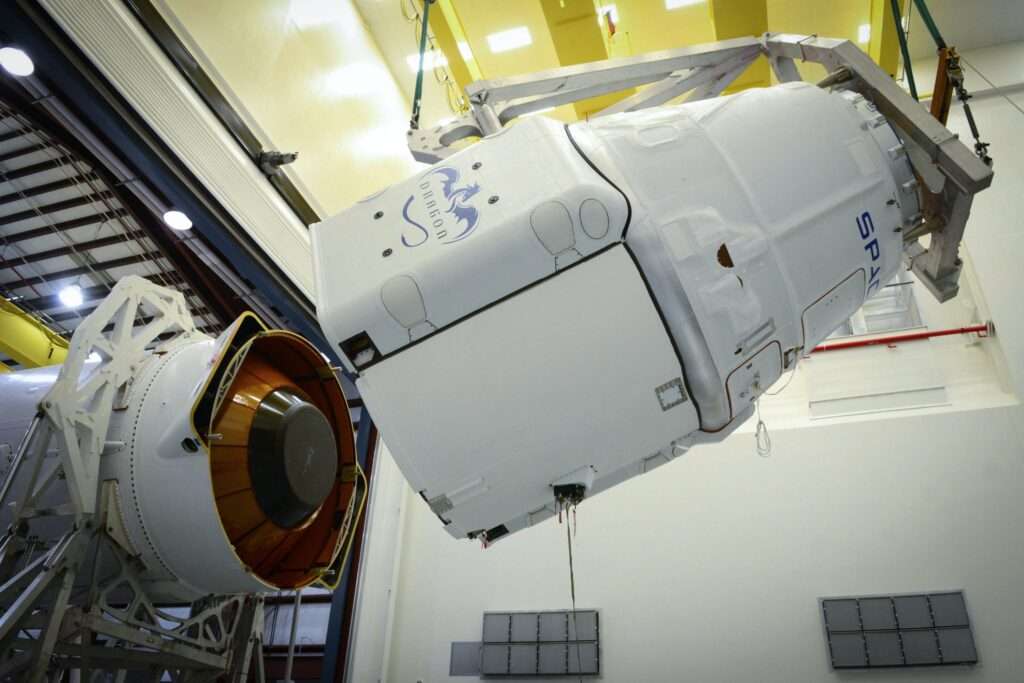
The immediate benefit an autonomous future would provide is improved safety. A world with AVs functioning on the road suggests there would be a significant decrease in car accidents caused by unpredictable and reckless driving. This mitigates vehicle users’ exposure to risk while commuting to different places.
How Does Functional Safety Impact the Future of Autonomous Vehicles?
Functional safety can be defined as the integration of protective functions that optimizes a product or system’s safety, minimizing the chance of failures. The functional safety ecosystem consists of six areas:
- Safety Standards and Cybersecurity
- Automotive Open System Architecture (AUTOSAR) and Model-Based Design (MBD)
- Application lifecycle management (ALM)
- Tools and Equipment
- Data Integration
- Advanced Analytics and Insight
The development processes within each of these areas need to comply with the latest industry standards, specifically, with the functional safety standard ISO 26262 which defines the requirements for achieving safety in all road vehicles (excluding mopeds). To continuously integrate protective functions in EVs and AVs, the automotive industry must properly develop systems and components in compliance with this standard. The implementation of functional safety will directly impact the future of AVs because the requirements that ISO 26262 define ensures the overall safety and reliability of these advanced transportation devices.

What are the Key Considerations for Reaching an Autonomous Future?
The immediate benefit an autonomous future would provide is improved safety. A world with AVs functioning on the road suggests there would be a significant decrease in car accidents caused by unpredictable and reckless driving. This mitigates vehicle users’ exposure to risk while commuting to different places.
Wrap Up
There aren’t specific dates that indicate when the industry will reach an autonomous future. The immediate future consists of the electrification of vehicles and reaching milestones that continue growth in that market. Manufacturers will continue integrating EVs with autonomous features with hopes of reaching higher levels of vehicle automation.




